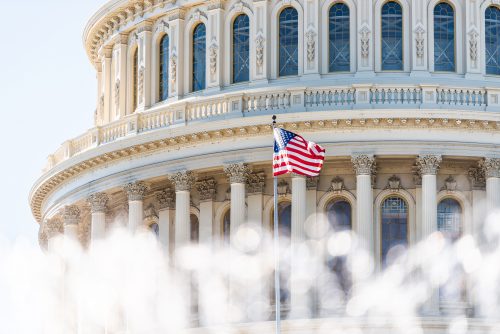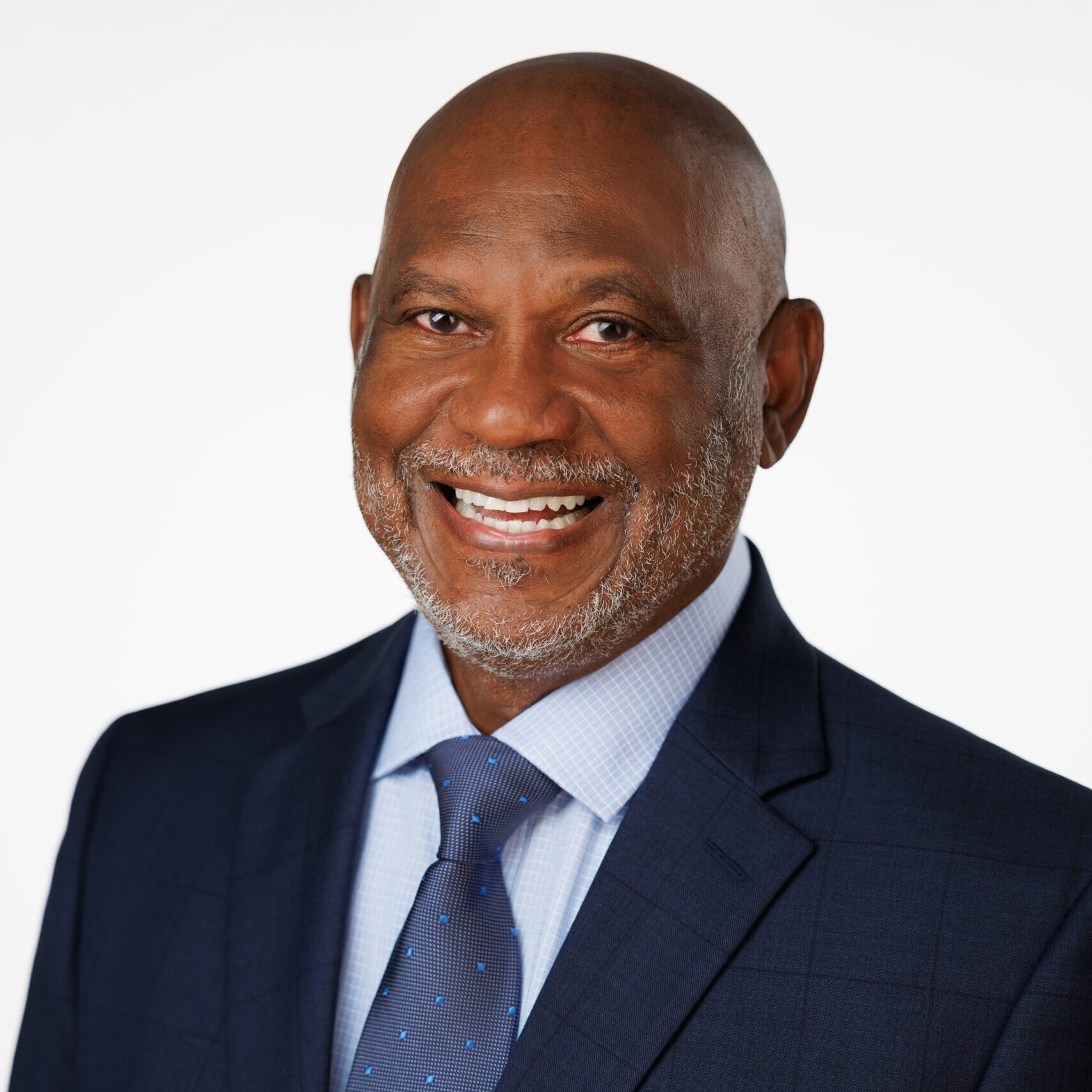
CWP News | CWP
Expert Voices: Understanding the Advisory Board on Toxic Substances and Worker Health
April 15, 2024
April 15, 2024
CWP
CWP News
By Malcolm Nelson, Former EEOICPA Ombudsman
In my last article, I discussed the Advisory Board on Radiation and Worker Health (sometimes referred to by its initials, ABRWH). I addressed some of the important contributions made by the ABRWH to the Energy Employees Occupational Illness Compensation Program Act (EEOICPA). However, did you know that there is another Board that also makes valuable contributions to EEOICPA? That Board is the Advisory Board on Toxic Substances and Worker Health, sometimes referred to by its initials, ABTSWH.
Because the names are similar, it can be easy to confuse these two Boards. Therefore, in this article, I will refer to the Advisory Board on Radiation and Worker Health as the Board on Radiation and will refer to the Advisory Board on Toxic Substances and Worker Health as the Board on Toxic Substances. Today, I will discuss the Board on Toxic Substances and address some of its contributions.
About the Board on Toxic Substances
The Board on Toxic Substances was established in 2015. This Board advises the Secretary of Labor with respect to technical aspects of the EEOICPA program. These technical aspects include:
- the U.S. Department of Labor’s (DOL) site exposure matrices – the database where the U.S. DOL stores information on toxic substances present at Department of Energy and Radiation Exposure Compensation Act sites covered under Part E of the EEOICPA.
- medical guidance for claims examiners for claims with the EEOICPA program, with respect to the weighing of the medical evidence of claimants.
- the evidentiary requirements for claims under Part B of the EEOICPA related to lung disease.
- the work of U.S. DOL industrial hygienists and staff physicians and consulting physicians to ensure quality, objectivity, and consistency.
- the claims adjudication process generally, including review of changes to the procedure manual prior to incorporation into the manual and claims for medical benefits (the procedure manual is the publication that provides information about the organization of the DEEOIC, the process of collecting and evaluating evidence, the decision-making process, and how lump-sum compensation and medical benefits are processed).
- such other matters as the Secretary of Labor considers appropriate.
How the Boards on Toxic Substances and Radiation are Alike
There are several similarities between the Board on Toxic Substances and the Board on Radiation, as well as some important differences.
Both Boards were established to provide advice. The Board on Toxic Substances provides advice to the Secretary of Labor. The Board on Radiation provides advice to the Secretary of Health and Human Services. The members of both Boards represent a balance of scientific, medical and worker points of view, and as a result, the advice given by both Boards is based on input from a broad cross-section of knowledgeable individuals.
Another important similarity is the fact that the meetings of both Boards are open to the public, and transcripts of these meetings are available to the public. Confidence in these Boards is greatly enhanced because the public can observe these Boards as they openly discuss the matters before them. Claimants find it reassuring to have Boards made up of independent experts to provide advice on technical matters that can have a direct bearing on the outcome of some claims. And because the public can submit comments to these Boards, claimants find it satisfying to listen to (or read) as their comments are discussed by these Boards.
How the Boards Differ
In light of these similarities one might ask, why are there two Boards? One difference was already mentioned. The Board on Radiation provides advice to the Secretary of Health and Human Services, whereas the Board on Toxic Substances provides advice to the Secretary of Labor. Yet, the biggest difference concerning these Boards lies in their duties. Each Board is tasked with very different and distinct duties. The Board on Radiation provides advice on:
- the development of rules on the methods used for completing radiation dose reconstructions.
- guidance used to assess the likelihood that an employee’s cancer was caused by work at a Department of Energy or Atomic Weapons Employer site.
- the procedure for adding additional classes of employees to the Special Exposure Cohort.
- Proceedings from prior meetings of the Board on Radiation can be found here.
On the other hand, as previously mentioned, the Board on Toxic Substances provides advice on:
- the site exposure matrices.
- medical guidance with respect to the weighing of medical evidence.
- the evidentiary requirements for claims under Part B related to lung disease.
- the work of industrial hygienists as well as U.S. DOL staff and consulting physicians.
- the claims adjudication process generally, including review of changes to the procedural manual.
- other matters that the Secretary of Labor considers appropriate.
Therefore, while both Boards represent a balance of scientific, medical, and worker points of view, each Board is made up of members qualified to address the matters assigned to that Board.
The Board on Toxic Substances Contributions to EEOICPA
The Board on Toxic Substances has made several valuable contributions to the EEOICPA program. This is true even though the Secretary of Labor has not accepted all the Board’s recommendations. A review of some of the recommendations that have been accepted will help you appreciate the value of the Board on Toxic Substances. For instance, during my time with the Office of the Ombudsman, a number of claimants approached me with concerns about EEOICPA Circular No. 15-06, a communication issued by U.S. DOL’s Division of Energy Employees Occupational Illness Compensation addressing post-1995 occupational toxic exposure guidance. These claimants were happy when the Board on Toxic Substances recommended, and U.S. DOL agreed to rescind this Circular.
Another example involves the Occupational History Questionnaire (OHQ), an interview of employees or their eligible survivors used to assist in determining eligibility under Part E. The Board on Toxic Substances recommended the adding of an open-ended question to the end of the OHQ. In making this recommendation the Board reasoned that adding this question would permit claimants to add information that may not have been prompted by the questions in the OHQ. The U.S. DOL agreed with this recommendation. Moreover, while the U.S. DOL did not agree with the Board’s recommendation to send a copy of the OHQ with examples prior to the OHQ interview, the U.S. DOL did indicate that it was producing a notice or summary document to help claimants prepare for this interview. In yet another instance, the Board on Toxic Substances recommended that U.S. DOL communicate to Congress the need for a technical amendment to the EEOICPA recognizing that covered individuals under this program who have three borderline beryllium proliferation test results have beryllium sensitivity. The U.S. DOL partially accepted this recommendation, and in the end there was a statutory change to the EEOICPA.
As a result of this change, in addition to the existing statutory provisions, beryllium sensitivity under Part B can now also be established by submitting three borderline BeLPT or BeLTT performed on blood cells that are conducted over a period of three years. To see a full list of the recommendations made by the Board on Toxic Substance, as well as the status of these recommendations, go to: www.dol.gov/agencies/owcp/about/AdvisoryBoard
Even where a recommendation is not accepted, claimants often find it encouraging to hear independent experts openly discuss these technical matters. This is especially true when the matter under consideration is a concern that claimants had tried to raise on their own. I frequently heard this sentiment expressed concerning the Board’s recommendation concerning the presumption for solvent-related hearing loss. Even though the U.S. DOL has not accepted this recommendation, claimants have told me that it was a real boost to hear the Board on Toxic Substances express some of the same concerns that had troubled them for years.
We are fortunate to have such dedicated and knowledgeable people who are willing to take the time to lend their expertise to assist this program by serving as members of the Advisory Board on Toxic Substances and Worker Health. Please join me in thanking these members, as well as all the former members, for their service!
The next meeting of the Advisory Board on Toxic Substances and Worker Health is scheduled for May 8 and 9, 2024 in Oak Ridge, Tennessee. More information about this meeting will be available at the website provided above.
Do you have questions about what conditions might qualify you for compensation and benefits? Contact us today – we’ll help you understand the process!
Please call our Outreach Help Center at 888.903.8989 or complete the form below so we can help you with your questions.

